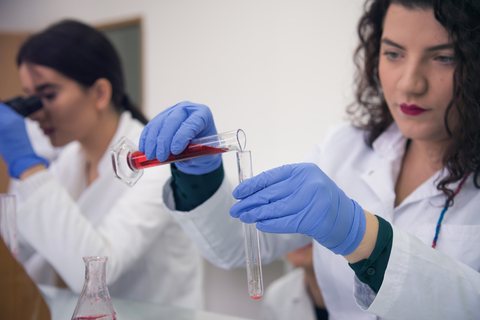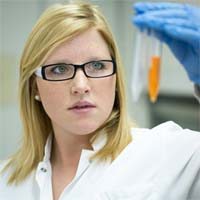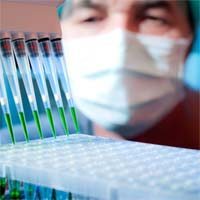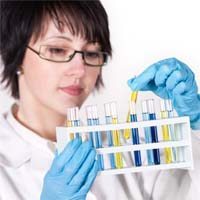Unveiling ACADL: A Breakthrough Biomarker for Mesothelioma Diagnosis in Elderly Americans

Mesothelioma, a rare cancer linked to asbestos, is dangerous for elderly Americans. It’s hard to tell the difference between reactive and cancerous cells. However, a recent study in the American Journal of Pathology sheds light. The study identifies a key biomarker, ACADL, using advanced analysis methods.
Understanding the Challenge
Mesothelioma is usually diagnosed after a person experiences symptoms and visits a doctor. One thing a doctor may do is perform a tissue biopsy. The doctor will remove a part of the tissue (suspected mesothelioma) for examination.
Most tissue biopsies are done with a needle and examined in a laboratory. The lab looks for specific biomarkers to determine whether the tissue contains mesothelioma. Reactive mesothelial cells closely mimic malignant mesothelioma cells, complicating doctors’ accurate diagnosis.
This challenge shows the critical need for specific biomarkers. Biomarkers help to tell apart benign and malignant cells. This is vital for patients who may face health risks from past asbestos exposure.
A new study analyzed gene expression data from various sources. It found ACADL and three other markers that might separate mesothelial from mesothelioma cells. Machine learning tools like LASSO, SVM-RFE, and random forest identified these markers. Among them, ACADL stood out.
Validation in separate datasets confirmed ACADL’s diagnostic potential. It stands out in telling apart reactive cells from cancer cells. Immunohistochemistry tests showed ACADL’s specificity. It stained mesothelial cells but showed low expression in cancer cells.
Implications for Mesothelioma Patients
Older Americans, exposed to asbestos years ago, now have hope with ACADL as a biomarker. It aids in diagnosing mesothelioma accurately. This leads to timely treatments and better strategies for individual needs.
Finding ACADL as a mesothelial cell marker is a big step in diagnosing mesothelioma. More research is needed. This includes larger clinical studies and functional experiments. The goal is to understand ACADL’s role and its potential in treating mesothelioma.
In the world of mesothelioma diagnosis, ACADL stands out as a beacon of hope for elderly Americans and individuals worldwide. ACADL can distinguish between reactive and malignant mesothelioma cells, making healthcare more accurate and personalized. As research advances, it could lead to better outcomes and a higher quality of life for those with the disease.
Source:
Yin, Yige, Qianwen Cui, Jiarong Zhao, Qiang Wu, Qiuyan Sun, Hong-qiang Wang, and Wulin Yang. “Integrated Bioinformatics and Machine Learning Analysis Identify ACADL as a Potent Biomarker of Reactive Mesothelial Cells.” The American Journal of Pathology, April 22, 2024. https://doi.org/10.1016/j.ajpath.2024.03.013.





